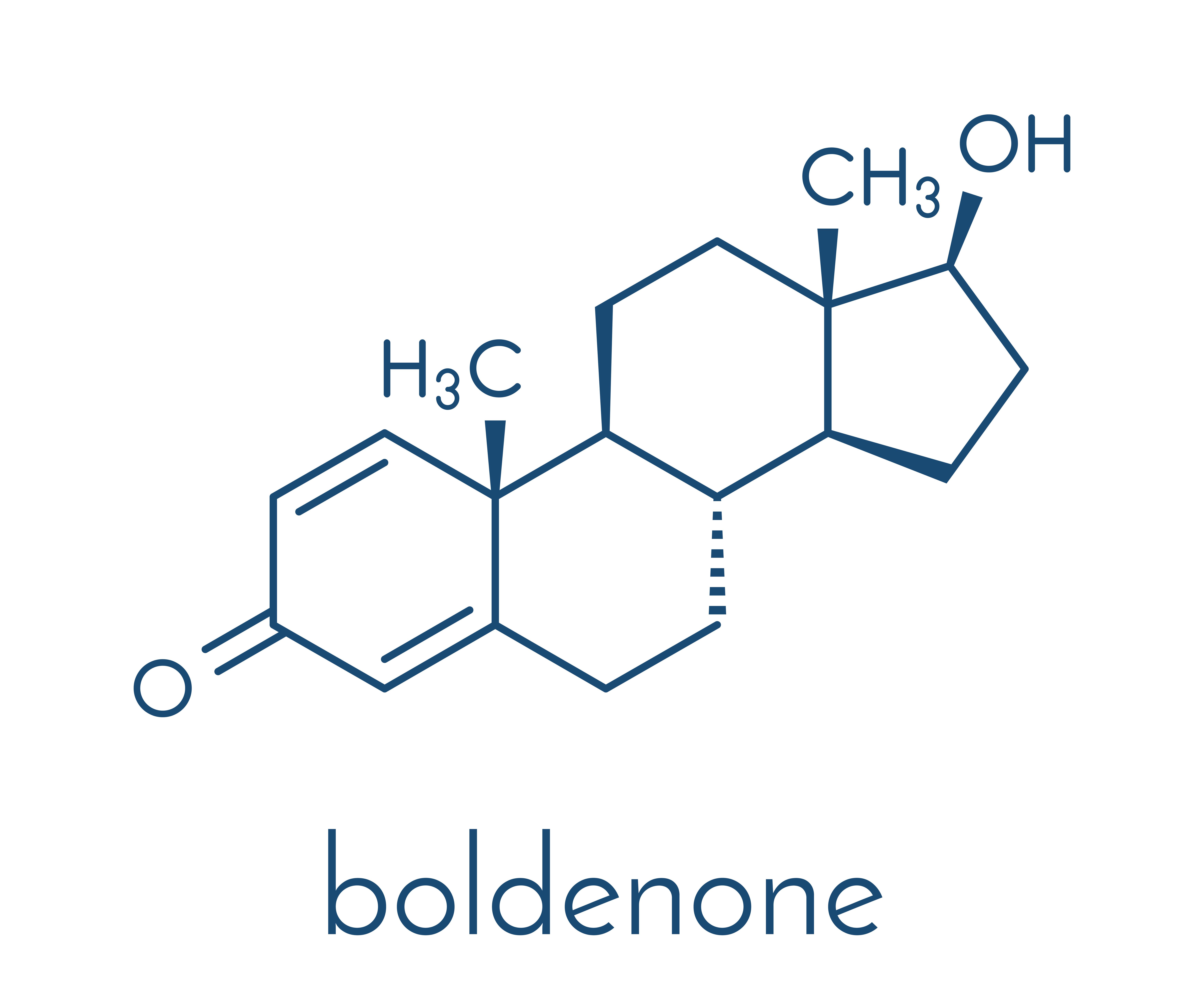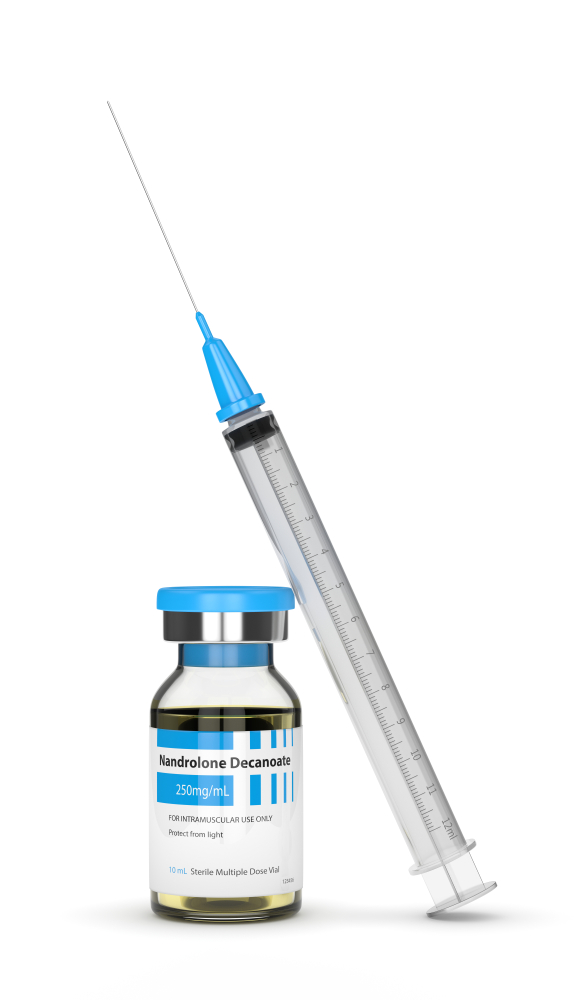The use of all SAAs is associated with male fertility. It takes just a few weeks for larger (over-physiological) doses of testosterone to reduce fertility in most men to zero. Wallace EM and colleagues contributed to 28 healthy, fertile males aged 23-40. They received 200 mg of testosterone enanthate per week. Azoospermia (no spermatozoa) was observed in 17 of 28 men.
SAA and HPTA Axis
Some scientists associate the phenomenon with the influence of exogenous androgenic substances directly on the HPTA axis. Others with indirect action - e.g. inhibitory effect of estradiol (induction of aromatase complex). In any case, SAA administration may even have a strong impact on fertility for several months (after the end of the "cycle"). This is obviously a very complicated process, so you can not draw simple and unambiguous conclusions here. The age of the person, the doses used or combining SAA with other drugs affecting LH or FSH (eg hCG HMG) are things that are crucial here.

Winstrol and boldenone - clinical studies
In the studies of Andress Bueno and colleagues, the effects of winstrol and boldenone on the functioning of testicles of rats were evaluated. Boldenone is not officially used by humans as a medicine, but it is extremely popular among bodybuilders.
The people participating in the study were divided into three groups. The first one was given winstrol and boldenone in supraphysiological doses, but for a short period of time. In the second group in medium doses for a longer period of time. In the last group in small doses for a long period of time.
Both in the first and last group of participants, an increase in the amount of reactive oxygen species of nitrites and nitrates was registered. The amount of GSH cysteine (CSH) and homocysteine decreased only in the case of the third group. It is interesting because the above observations are of key importance not only for the functioning of the testicles but, for example, the cardiovascular system. It has been proven that the balance between oxidation and antioxidant functions in the body is crucial, for example in ischemic heart disease.
Thiol compounds protect cells from oxidative stress and electrophilic xenobiotics. The most important non-protein thiols in living organisms include tripeptide, nglutation, naminoc acid, cysteine and homocysteine.
It has been proven that in the case of ischemic heart disease, the amount of thiol compounds is of paramount importance. People with newly diagnosed ischemic heart disease had 33.5% fewer thiols compared to people with normal angiography results. Myeloperoxidase activity was significantly increased after Winstrol and boldenone administration in the same way as in the second and third groups. Winstrol and boldenone caused degenerative changes within the germinal epithelium.

Boldenon and winstrol - conclusion
The research suggests that the prolonged use of winstrol and boldenone causes morphological changes in the testicles similar to those occurring at infertility. Boldenone is more harmful to winding coils than winstrol. No such changes were observed even with a significant overdose of the active substance, but only if administered over a short period of time. It is quite possible that high doses of winstrol and boldenone affect the amount of thiol compounds, which may be important for the functioning of the cardiovascular system (we also know how adverse the effect of stanzolol is on the lipid profile).
Sources:






